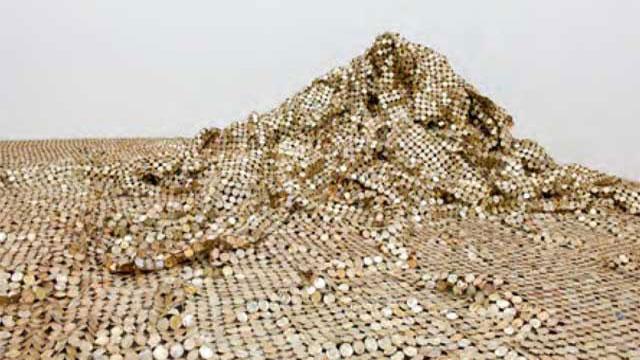Unveiling the Vibrant Tapestry: A Journey into the Enchanting Realm of Kente Cloth
Introduction
Table of Contents
Step into the enchanting realm of Kente cloth, a vibrant tapestry that has captivated the world with its rich hues, intricate patterns, and profound cultural importance. Woven by the skilled hands of artisans in Ghana, Ivory Coast, Togo, and Burkina Faso, this exquisite textile is a testament to the ingenuity, artistry, and deep-rooted traditions of West Africa. Embark on a captivating journey as we unveil the fascinating story behind Kente cloth.
Ancient Roots
The origins of Kente cloth can be traced back to the 12th century, when it was primarily worn by royalty and high-ranking officials in the Akan Empire of Ghana. The name “Kente” itself is derived from the Twi word “kenten,” meaning “basket,” as the intricate patterns woven into the cloth resemble the mesmerizing designs created by basket weavers.
Over the centuries, Kente cloth became an integral part of Akan culture, with each pattern and color holding profound symbolism and meaning. Different clans and families had their own unique designs, which were passed down through generations.
Varieties and Symbolism
Kente cloth is renowned for its kaleidoscope of colors and captivating patterns. Some of the most popular varieties include:
- Nana Kosi Atenten Ben: This royal cloth is distinguished by its brilliant yellow background, which represents wealth and prosperity.
- Adinkra Asoke: Adorned with black and red geometric motifs, this cloth symbolizes courage, strength, and bravery.
- Nana Biani Ako: Symbolizing love and peace,this delicate cloth features a harmonious blend of blue,green,and white hues.
- Sika Aprewa: Representing abundance and prosperity, this striking cloth is adorned with detailed golden motifs that resemble cocoa pods.
- Dwennimmen: Featuring a black star motif on a golden background, this cloth represents aspirations of greatness and knowledge.
weaving techniques
The creation of Kente cloth is a labor-intensive process that requires meticulous craftsmanship and a deep understanding of weaving techniques. Artisans use narrow strips of cotton or silk yarn, which are handwoven together using a horizontal loom.The threads are carefully interlaced to create intricate patterns and designs, a testament to the skill and artistry of the weavers.
Cultural Significance
Kente cloth holds profound cultural significance in West Africa. It is not merely a piece of fabric but an embodiment of tradition, identity, and social status. It is worn at special occasions, such as weddings, funerals, and religious festivals, to celebrate and honor the wearer’s cultural heritage.
Beyond its ceremonial significance, Kente cloth has also become a symbol of cultural pride and empowerment for the African diaspora around the world.It is often incorporated into fashion, art, and other forms of creative expression as a celebration of African heritage and identity.
Benefits of Kente Cloth
In addition to its cultural significance, Kente cloth offers several practical benefits:
- Durability: The tightly woven nature of Kente cloth makes it exceptionally durable and resistant to wear and tear.
- Breathability: The cotton or silk fibers used in weaving allow for excellent breathability, making Kente cloth comfortable to wear in warm climates.
- Easy to Care for: Kente cloth is relatively easy to care for and can be hand-washed or dry-cleaned without losing its vibrancy.
Practical Tips for Using Kente Cloth
To incorporate Kente cloth into your wardrobe or décor,consider the following tips:
- choose Vibrant Colors: Embrace the bold hues and striking patterns of Kente cloth to add a touch of vibrancy to your outfits or living spaces.
- Accessorize with Contrasting Patterns: Pair Kente cloth with complementary accessories such as scarves, jewelry, or artwork to create a visually appealing contrast.
- Experiment with Different Textures: Layer Kente cloth with other textiles, such as lace, linen, or velvet, to add depth and interest to your ensemble.
Conclusion
Kente cloth is an enduring testament to the artistry, cultural heritage, and vibrant spirit of West Africa. Its intricate designs, profound symbolism, and practical benefits have made it a cherished textile around the world. Whether worn for ceremonial occasions, incorporated into fashion, or displayed as art, Kente cloth continues to captivate and inspire all who encounter its mesmerizing beauty.
“`

